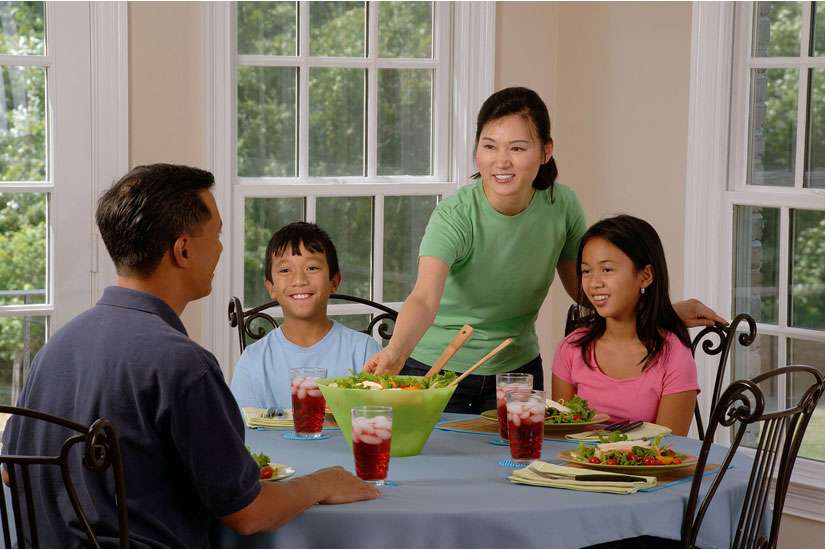Cardus co-founder and executive vice president Ray Pennings said October’s federal election will be “a battle for the middle class” with three competing visions for “what middle class actually means” and how government best serves it.
Finance Minister Joe Oliver’s first budget aimed at balancing the books after years of deficit spending, and brings in a modest surplus of $1.4 billion. It reduces taxes on small business in order to create jobs and promises spending on infrastructure and security in the coming years. It includes the promised income splitting for families and raises the Tax Free Savings Account limit from $5,500 to $10,000 a year.
For the Conservatives, “government support for the middle class means leaving the middle class more of their own money and incentivizing them to save,” Pennings said.
The three main parties are all targeting the middle class but “with very different pitches in terms of what they understand the middle class is looking for from the federal government,” Pennings said. They set out “different understandings of the task of government and the status of the family and how the family contributes and what should be expected in terms of individual and public responsibility.”
In the election, middle class voters will be asked to assess their priorities, Pennings said.
“Do they see their priorities as consumers, as spenders of their own money? Is their priority some sort of shared identity with all their fellow citizens? Or is their priority some big dream where we’re looking for the government to lead us?”
Citizens for Public Justice said the budget “is not for everyone in Canada” and “ignores the 4.8 million Canadians who live in poverty.”
“And with major climate negotiations coming later this year, it ignores the climate crisis that future generations will have to deal with,” CPJ said on its web site. “It ignores the tens of thousands of vulnerable refugees who come to Canada looking for a better life.”
CPJ cited an Ipsos poll that showed Canadians would prefer investments in “jobs, the economy and social programs to a balanced budget.”
“If Budget 2015 is any indication, the only climate of interest to the government is Canada’s investment climate,” CPJ said.
Institute of Marriage and Family Canada executive director Andrea Mrozek said the budget represents a cumulative effect of many budgets that have cut taxes for families. The budget document shows the cumulative effect of tax cuts since 2006, including the GST reduction, child benefit increases and personal income tax relief, to be as high as $6,640 for a two-earner family of four.
“In general, balanced budgets, combined with tax cuts to enable families to keep more of their own money, is a good thing,” Mrozek said.
One of the highlights in the budget for Pennings was the $37 million towards increasing compassionate leave from six weeks to six months. While small in proportion to a $300-billion budget, granting Employment Insurance for compassionate care of a family member with a terminal diagnosis is a “very positive step in the right direction,” he said.
Though it is not the kind of comprehensive vision mapped out by the All-Party Parliamentary Committee on Palliative and Compassionate Care, it is “an opening for more steps to come,” he said.
“The bottom line is that we’re not far away from double the number of Canadians dying per year than die today as baby boomers are moving through the system,” Pennings said.
“Seventy per cent say they want to die at home but 70 per cent die in the hospital.”
The budget offers small amounts to a range of interest groups.
“What struck me was the caution that was there about the health of the economy,” said Pennings.
“So the message about economic health and prosperity is that we are not out of the woods yet.”


